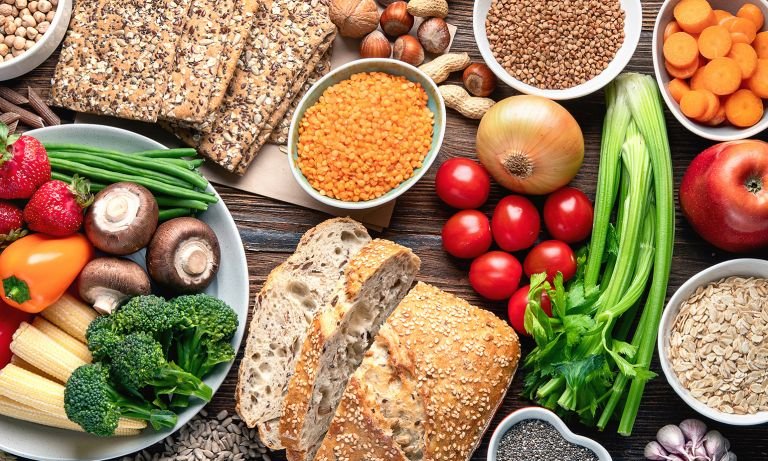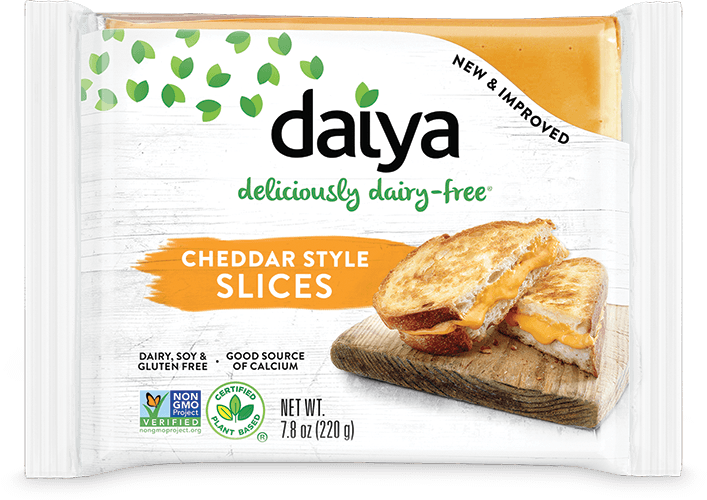
How do vegans get their protein? There are many great plant-based sources for protein, including lentils, legumes and soy. Powdered protein is also available. A scoop of powder can be added to smoothies if you don’t feel like cooking. Vegan meat options include seitan and tofu. These protein sources contain essential amino acids.
Sources of plant-based materials
Vegans and vegetarians don't often suffer from protein deficiencies, but it is possible to increase your intake. Consider consuming many plant-based protein sources to achieve this. Seitan (made of wheat gluten) contains 25g per 100g. It contains all nine essential amino acids and pairs well with legumes. Seitan is also a good source for iron and selenium.
Meats made from plants
If you love meat, you might be curious about how vegans get their protein from plant-based food. There are many reasons. One, plant-based proteins are more sustainable. Animals are often raised unsanitaryly, exposing them both to disease as well as the toxins created during the process. Plant-based proteins are also cheaper and more readily available. You can still enjoy meat, but without having to compromise your health or finances.

Powders made of plant-based protein
If you're looking for a vegan-friendly protein powder, you have several choices. Orgain's plant protein powder is vegan-friendly and provides 21g of protein per serving. It also contains no added sugars, artificial sweeteners, or any other sweeteners. It also provides 35 percent of your daily iron requirement. If you're a vegan, you can use this powder to help you maintain a healthy iron level. Make sure you read all ingredients labels carefully to make the most of this product.
Legumes
There are many different ways to add protein into your diet. One of the easiest is to use lentils. These inexpensive foods are packed with protein and fiber. For convenience, dried and canned beans are available. You can also add them into soups, salads and tacos. You can prepare these foods the same way that you would cook meat, but it will make it easier to include them as part of a meal.
Nuts
If you're wondering how vegans get enough protein, look no further than nuts. They are rich in protein but also provide a great source of fiber, healthy oils, and essential fatty acids. Many studies have shown that nuts are associated with better health. They can help you lose weight and reduce your risk of developing certain cancers. The majority of people could actually benefit from including more nuts into their diet. The Veg Out newsletter contains helpful tips for incorporating more nuts into your daily diet.
Seeds
Nuts & seeds are a vital part of a healthy, plant-based diet. There have been studies that link nuts and seeds with weight management and the prevention of certain types of cancer. Many people would benefit from including more nuts and seeds in their diet. Sign up for our newsletter to learn how to incorporate more nuts and seeds into your diet! You can also get delicious vegan recipes, nutritional content, and helpful hints about how to incorporate more nuts and seeds into your daily diet.

Rice
Vegans may be curious about how they get their protein from rice. Rice is rich in carbs, but it also contains significant amounts of plant-based protein. Rice protein is isolated by treating brown rice with enzymes to separate the carbohydrates from the protein. This is how you get high-quality plant protein powder. This protein is a great choice to whey. It has three7% of total protein and all the essential amino acid.
FAQ
Is it possible to have a weak immune system due to being cold?
There are two types: those who love winter, and those who don't. But, regardless of whether you love or loathe winter, you might be wondering why it makes you miserable.
The truth is that our bodies are built to function in warm temperatures. In fact, we evolved to thrive in hot climates because that's where most of our food sources are located.
But now we live in an environment that is very different from how our ancestors lived. We spend much more time indoors and are exposed to extreme temperatures (cold, heat) and eat processed foods instead of fresh.
This means that our bodies aren’t used to these extremes. That means that when we do venture outdoors, we're left feeling tired, sluggish, and even sick.
However, there are ways to counter these effects. The best way to avoid these problems is to ensure that your body stays hydrated throughout the day. If you drink plenty of water, you'll help keep your body properly hydrated and flush toxins from your system.
You must also ensure that you are eating healthy foods. The best way to maintain your body's optimal temperature is by eating nutritious food. This is especially helpful for people who spend a lot of time indoors.
Finally, consider taking a few minutes each morning to meditate. Meditation is a great way to relax your body and mind. It makes it easier for you to cope with stress and illness.
What are the ten best foods to eat in America?
The following are the 10 best foods to consume:
-
Avocados
-
Berries
-
Broccoli
-
Cauliflower
-
Eggs
-
Fish
-
Grains
-
Nuts
-
Oats
-
Salmon
Which diet is best for me?
The best diet for you depends on several factors, like your age, gender, weight, health conditions, and lifestyle habits. Consider how much energy and low-calorie foods you consume, as well as whether or not you are a fan of fruits and vegetables.
Intermittent fasting might be an option for you if your goal is to lose weight. Intermittent eating means you only eat specific meals throughout the day. It's not like three big meals. This might be better than traditional diets that have daily calorie counts.
Some studies suggest that intermittent fasting may improve insulin sensitivity and reduce inflammation, which can lead to improved blood sugar levels and reduced risk of diabetes. Intermittent fasting has been shown to promote fat loss as well as improve overall body composition.
What is the ideal weight for my height? BMI calculator & chart
Calculating your body mass index (BMI), is the best method to calculate how much weight to lose. A healthy BMI range should be between 18.5- 24.9. Weight loss is possible if you aim to lose approximately 10 pounds per week. To calculate your BMI, simply enter your height and weight into the BMI calculator.
To see if you're overweight or obese, check out this BMI chart.
How do I determine what's good?
Listen to your body. Your body is the best judge of how much exercise, food and rest you should get. Your body will tell you what to do so that you don't go overboard. Pay attention to your body, and ensure that you're taking care of your health.
Statistics
- nutrients.[17]X Research sourceWhole grains to try include: 100% whole wheat pasta and bread, brown rice, whole grain oats, farro, millet, quinoa, and barley. (wikihow.com)
- This article received 11 testimonials and 86% of readers who voted found it helpful, earning it our reader-approved status. (wikihow.com)
- The Dietary Guidelines for Americans recommend keeping added sugar intake below 10% of your daily calorie intake, while the World Health Organization recommends slashing added sugars to 5% or less of your daily calories for optimal health (59Trusted (healthline.com)
- Extra virgin olive oil may benefit heart health, as people who consume it have a lower risk for dying from heart attacks and strokes according to some evidence (57Trusted Source (healthline.com)
External Links
How To
How to Live a Healthy Lifestyle
Healthy lifestyle means you can maintain your weight, health, and fitness. This lifestyle includes healthy eating habits, regular exercise, adequate sleep, and abstaining from drugs, alcohol, caffeine, tobacco and other harmful substances. Healthy living can help you feel better about yourself and keep you fit. Additionally, a healthy lifestyle will reduce your chances of developing chronic diseases like stroke, heart disease or diabetes, as well as cancer, osteoporosis, arthritis, and other conditions.
The main goal of this project was to provide a step-by-step guide on how to live a healthier life. The introduction is the first part of this project. This explains why healthy living should be encouraged and who it is. Next, I wrote the body paragraphs. These include tips and tricks for maintaining a healthy lifestyle. I then wrote the conclusion. This summarizes the whole article, and provides additional resources, if necessary.
This assignment taught me how I can write concise, clear paragraphs. I also learned how to organize my ideas into topic sentences, and the supporting details. Because I had to locate specific sources and properly cite them, my research skills improved. Finally, I learned proper grammar and writing skills.